5 Lessons From Going Electric
A year ago this week my wife and I took the plunge, sold our diesels and bought two electric cars (EVs). It’s been an interesting journey but here are 5 key things that’ve stood out.
Firstly though, a bit of context about me. I live in the countryside, work is 30 miles away, my customers are all over the UK, and we have 3 large children. We do about 40,000 miles combined a year and lived the cliché with a BMW estate and a Land Rover Discovery. These were replaced with a Tesla X and a Hyundai Ioniq.
And finally, I am interested in the environment but I am by no means an eco-warrior – if I’m honest, this move was much more ego than eco.
1. EVs are better cars
Forget all the talk of compromises, Electric Vehicles are just… better. They are quieter, smoother, faster, better to drive and cheaper to run. My total cost of ownership for my Tesla X is much less than that of my old Discovery.
I wouldn’t go back. I will never buy another fossil car.
2. The current range is fine, but more would be better
My Tesla does about 200 miles at fast motorway speeds, the Ioniq does an impressive 120 miles of local traffic. For big-milers like me, this is perfectly acceptable, especially when you consider we automatically plug in every night so the tanks are full every morning. Once I got used to it, after a couple of weeks, I stopped “thinking” about range on a day-to-day basis. However, for mass adoption, the ranges really need to be doubled, and when that happens there’ll be no thinking at all.
What is true is that on longer journeys you need to plan a bit. To be honest, after 3 hours driving I usually need to stop before the Tesla does and the Superchargers mean that the car is ready to go before I am.
On the other side of the coin, we don’t take the Ioniq on any long-distance trips because the charging is too slow and unreliable. If you can’t see in advance whether a crucial en-route charger is working, and even available, how can you confidently make a trip outside of the range of your car? This visibility piece is easily far more important than putting in more chargers. Though, it would help if the current crop of council chargers actually worked.
3. Current EVs are V1.0, but so was the iPhone
The Tesla and Ioniq are clearly version 1 cars and need to be seen that way. The Tesla rattles and shakes continuously (it’s definitely American not German), has been in the shop already and periodically just… turns off.
The Ioniq is built really well but has a mind of its own when charging and autonomously drives like a puppy sniffing out a new pavement.
But, the early iPhone had the same issues. It had a battery life of 5 minutes and the screen cracked if someone in the same room sneezed! These objects need to be seen through a different lens. They are better than what we have now but not as good as they eventually will be.
If I had to do 500 miles in one hit, then my old BMW would be faster and most probably more comfortable – they are on the 7th version of that car so they should be really good at it. The first version of the Tesla can’t match that level of finesse, but it’s a better car and worth buying now for what it does.
4. Pundits and policy-makers don’t understand EVs
I’m continually astonished about how little EV experience most pundits and policy-makers have, how few of them have actually driven an EV and needed to charge it up, and yet they are still making big, long term investment decisions. Funnily enough, this ends up with a series of really poor decisions that become painfully obvious when you own an EV.
The most obvious error is the “common knowledge” that removable cables are how mainstream users will charge their cars, hence the vast majority of public chargers require a driver to use their own cables. You only have to try this once on a cold, wet evening as your huge coiled cable scrapes all the filth out of the gutter and deposits it on your trousers, to realise that this assumption is ridiculous. Yet councils are still installing these devices and then wondering why nobody uses them.
5. EVs make drivers “get” the environment
EV ownership makes you see the whole EV space in a different way. It’s most probably the first and biggest environmental investment you make and it really turns you onto the subject.
My house is gabled which is no good for solar panels, and it’s not windy enough for fans, so like 99% of everyone else I had not really spent anything on being better environmentally. Sure, we recycled what we could and insulated the house, but nothing significant. Now we see the world very differently.
The EV made me look hard at the electricity bill – for the first time ever – as we needed a new account to manage the charging. The options, to be honest, were really limited but what lept out was how cheap renewable energy was, and how aligned it was to what we needed (Thank you Bulb – top job). It then became infectious to the point where I now understand electricity pricing peaks. I’m having a residential battery installed, solar panels fitted, and I’m changing the way I travel. I’ve even changed the way that my company delivers services and we now deliver more on the EV subject than anything else.
So, should YOU buy one?
Yes – stop making excuses, there is an EV that fits your needs. If you buy another fossil-burning car, you’ll have made the wrong choice.
Getting an EV will allow you to run a better car while actually making a real and measurable difference to the environment… which will make you a better person and you’ll feel better for it.
That’s a pretty good thing.
Article originally published on 08/05/2019 by Ben Allan via LinkedIn.

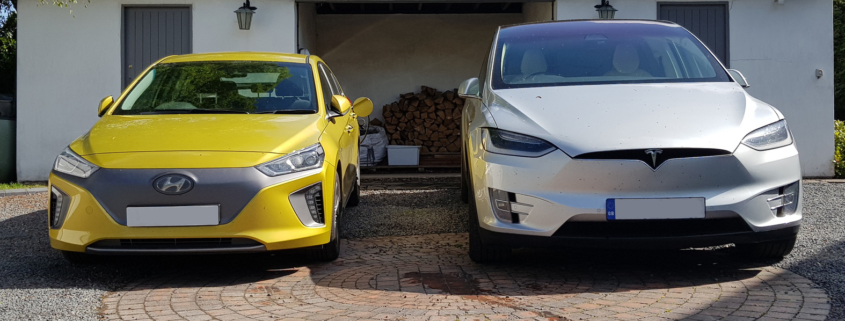
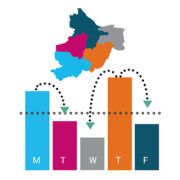

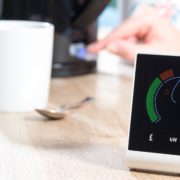


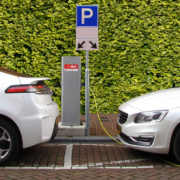

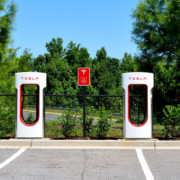


Leave a Reply
Want to join the discussion?Feel free to contribute!